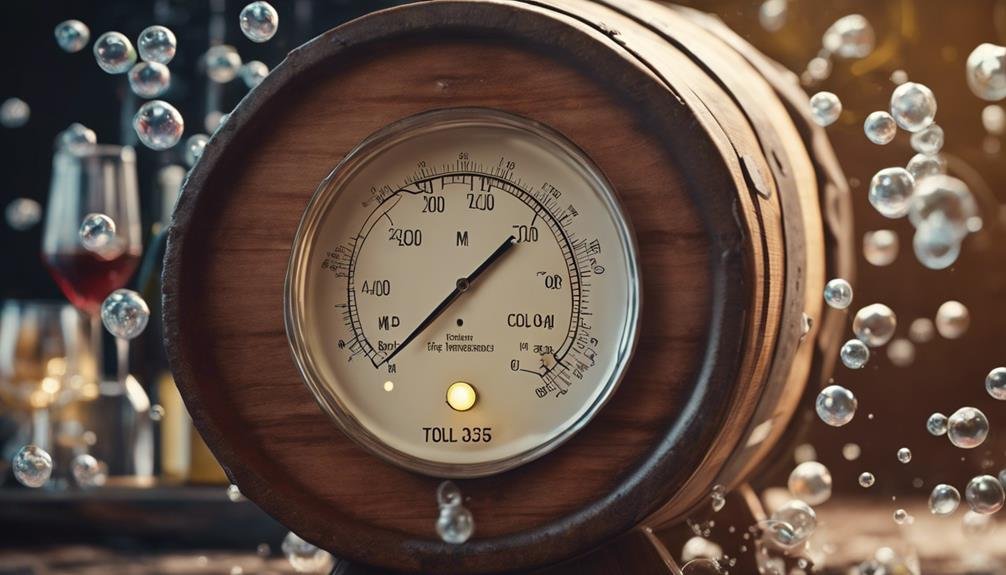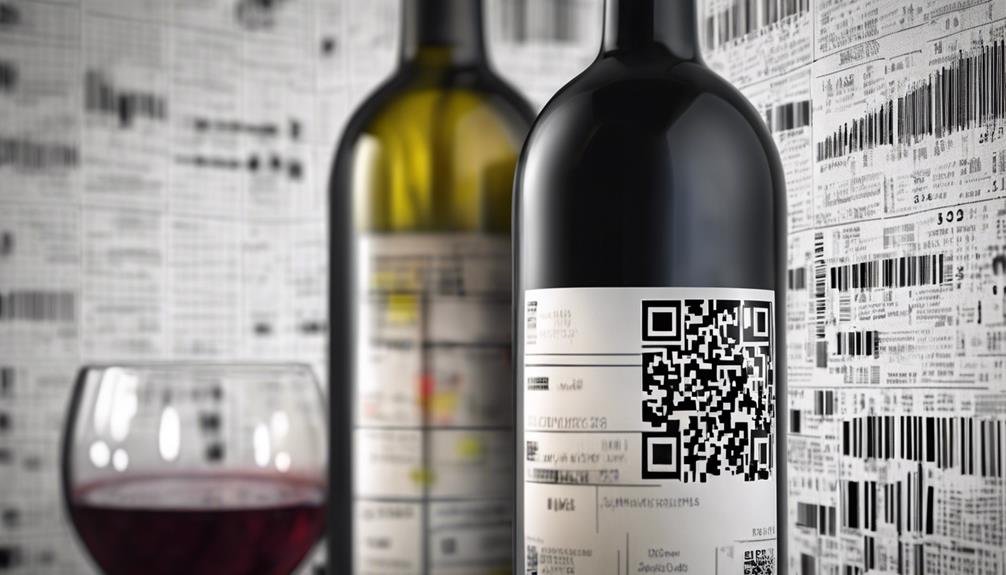Wine tech sheets help you to understand key elements like acidity (essential for balance and flavor) pH levels, alcohol by volume which significantly influences taste – i.e. higher ABV means bolder flavors. Other factrs such as aging which impacts tannins and flavor profiles,(these are more significant for red wines) and malolactic fermentation which reduces acidity, adds buttery notes and is highly beneficial for Chardonnay.
A good set of wine tech sheets will really help you to unravel the complexities of wine profiles by grasping these fundamental components.
Understanding Acidity in Wine
Understanding the acidity levels in wine is essential for discerning the balance and flavor profile of a particular varietal. Acidity balance is pivotal in determining the overall taste experience, as it influences the wine’s freshness and structure.
Wines with low acidity can taste flat, while those with high acidity may come across as overly sour. Acidity levels in wine typically range between 4 and 8 g/l, with variations depending on the grape variety and winemaking techniques.
Monitoring acidic profiles allows winemakers to craft wines with the desired characteristics, ensuring a harmonious blend of flavors. By understanding acidity balance and acidic profiles, enthusiasts can appreciate the nuances of different wines and make informed choices based on their preferences.
Decoding Ph Levels
Acidity in wine provides a foundational understanding of its flavor profile. Now, shifting focus to pH levels offers insight into the intensity and balance of acids present.
The pH balance in wine determines the intensity of the acids, with a lower pH indicating a more pronounced acidic taste. This relationship is inverse, where a lower pH signifies higher acidity. For example, a wine with a pH of 3 will have ten times more acidity than a wine with a pH of 4.
Understanding pH levels in wine is essential as it influences the overall taste experience, helping to differentiate between wines with varying acidity levels. Winemakers carefully monitor and adjust pH levels to achieve the desired balance and flavor profile in their wines.
Unveiling Alcohol by Volume (ABV)

The measurement of alcohol content in wine, known as Alcohol by Volume (ABV), is an important factor that greatly influences the overall drinking experience. ABV is determined by exploring fermentation techniques, where yeast converts sugars into alcohol.
Analyzing flavor profiles can also give clues about the ABV level; higher alcohol content can contribute to a warmer, bolder taste, while lower ABV wines might be lighter and more delicate.
Most wines typically range between 10-15% ABV, but there are exceptions like Moscato d’Asti with lower ABV and Port wines with higher levels. Understanding ABV helps in selecting wines that suit personal preferences and occasions, making it an essential aspect of decoding wine tech sheets.
Delving Into Wine Aging Processes
What role does the aging process play in enhancing the flavors and characteristics of wines?
- Phenolic Evolution: Aging alters the phenolic qualities of wine, particularly impacting tannins.
- Red vs. White Wines: Red wines generally benefit more from aging compared to white wines.
- Stainless Steel vs. Oak Aging: Stainless steel aging helps retain acidity and floral notes, while oak aging imparts flavor compounds and reduces the perception of tannins.
- Oxygen Influence: Oak barrels allow for gradual oxygen exposure, which influences the flavor profile of the wine through the incorporation of oak influences and the development of tannins.
Demystifying Malolactic Fermentation

As we explore the intricacies of wine production and maturation, a pivotal process that often contributes to the flavor complexity of wines is Malolactic Fermentation (MLF). MLF benefits wines by reducing acidity, enhancing mouthfeel, and imparting buttery notes. However, drawbacks include the potential loss of fruitiness and the risk of producing unwanted aromas. MLF is common in popular wines like Chardonnay, where it softens the wine’s acidity and adds a creamy texture. Conversely, Sauvignon Blanc typically avoids MLF to preserve its crisp and fresh characteristics. Below is a table illustrating the benefits and drawbacks of Malolactic Fermentation:
| Benefits | Drawbacks |
|---|---|
| Reduces Acidity | Loss of Fruitiness |
| Enhances Mouthfeel | Unwanted Aromas |
Frequently Asked Questions
How Does the Terroir of a Vineyard Impact Wine Acidity Levels?
The terroir of a vineyard profoundly influences wine acidity levels. Soil composition impacts nutrient uptake, affecting grape acidity. Climate variations determine sunlight exposure and temperature, influencing grape ripening and acid retention. Understanding these factors enhances wine appreciation.
Can the Ph of a Wine Change Over Time in the Bottle?
pH fluctuations in wine during bottle aging can occur due to various factors, such as cellar conditions. Over time, acidic evolution may lead to subtle changes in pH levels, impacting the overall taste profile of the wine.
What Role Does Residual Sugar Play in Balancing Acidity in Wine?
Residual sugar in wine plays an important role in balancing acidity by providing sweetness to counteract tartness. During the fermentation process, sugar levels influence acidity balance and flavor development, impacting the overall taste profile of the wine.
How Do Different Grape Varieties Affect ABV in Wine?
Grape characteristics such as sugar content and fermentation potential directly impact alcohol content in wine. Varieties like Cabernet Sauvignon with thick skins and high sugar levels can yield wines with higher ABV. Climate influences grape ripeness, affecting ABV levels.
Does the Temperature of Storage Affect the Aging Process of Wine?
The temperature at which wine is stored greatly impacts the aging process. Fluctuations in temperature can speed up or slow down aging, influencing the development of flavors and aromas. Consistent, cool storage conditions are essential for ideal wine maturation.
Conclusion
To sum up, understanding the key components of wine tech sheets such as acidity, pH, ABV, aging processes, and malolactic fermentation is essential for appreciating the intricacies of winemaking.
By decoding these elements, enthusiasts can uncover the hidden characteristics and flavor profiles of different wines.
This knowledge empowers individuals to make informed decisions and enhances their overall enjoyment and appreciation of wine.
